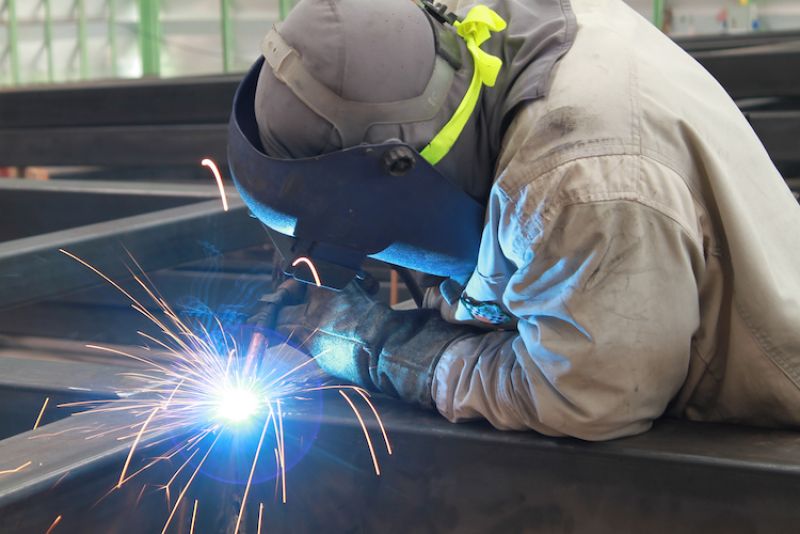By Multinet Group: Recently
Value is the main differentiator between a standard metal fabrication project and a custom fabricated solution. Every custom metal fabrication project inevitably begins with research, in order to assess the appropriate materials and methods to cost-effectively produce each unique fabrication design.
From design to delivery, the custom metal fabrication process is designed to produce more durable, quality results that deliver long-term value, whether it's small metal accessories or large custom projects.
Establishing Design Intent
The design of a metal fabrication project is critical for reaching the desired outcome, which is added value. A full service fabricator can take a standard plan or an engineering drawing to flush out a detailed design that will accomplish the desired results for even the most complex project. This may require refining and testing the design per industry-specific requirements or regulations and identifying all the required components to serve as the building blocks for the final project.
Metal Cutting & Forming
Prior to the beginning of the cutting process, the metal fabricator must assess what type of method is appropriate for the metal type and thickness. Laser cutting is an effective choice for delicate metal fabrications or for heavy steel plates that demand tight tolerances. On the other hand, lasers are not ideal for metal composites or materials that have impurities.
Forming the metal may require bending, plate and angle rolling or punching. It is crucial to select the right machinery to deliver the desired result. Metal forming success is based on selecting the correct machinery to perform the task. A full-service metal fabricator will likely have the necessary equipment in house, which can save both time and resources.
Custom Welding Capabilities & Assembling
Custom welding and assembly techniques can guarantee that each project meets specific industry standards. A custom fabricator featuring certified welders and a strong quality control program is more likely to meet the industry requirements that add value. If you're considering a partnership with a metal fabricator, be sure to ask for documentation of welder certifications.
Beyond that, all assemblies and sub-assemblies should be tested together to ensure the final fabrication project functions as intended. Ideally, the entire assembly process should be documented as part of a fabricators structured quality control practices.
Fabrication components should be shipped in their most complete form possible, while larger projects should be shipped with large sub-assemblies that can be assembled quickly upon arrival. This approach can dramatically reduce project timelines and labor expense.
Expert Finishing for Additional Value
From surface preparation to final finishing, find a fabricator who can extend the life of a custom metal fabrication for a tangible return on each project investment.
Finishing is the final step in preparing metal products for use, a crucial component for any metal fabrication project. Finishing helps to make products more resistant to corrosion, while providing higher electrical, chemical or tarnish resistance. Beyond that, finishing adds additional durability and makes metal surfaces look their best. For most projects, a product's finish is determined by its intended use.
Metal finishing encompasses more than one process, so it can be executed in multiple ways. When you're working on the plan for your next metal fabrication project, consider the following factors when you're selecting a finishing option:
+ Which process aligns best with how you intend your product to be used?
+ Does the technique you're leaning towards provide the production speed you require for the project?
+ Is the finishing method considered to be cost-effective for your project?
+ Is the finishing method suitable for your project's materials?
Multinet Group Ltd has highly qualified and experienced professionals, as well as adequate equipment enabling us to take on projects requiring metal fabrication and other metal works.
